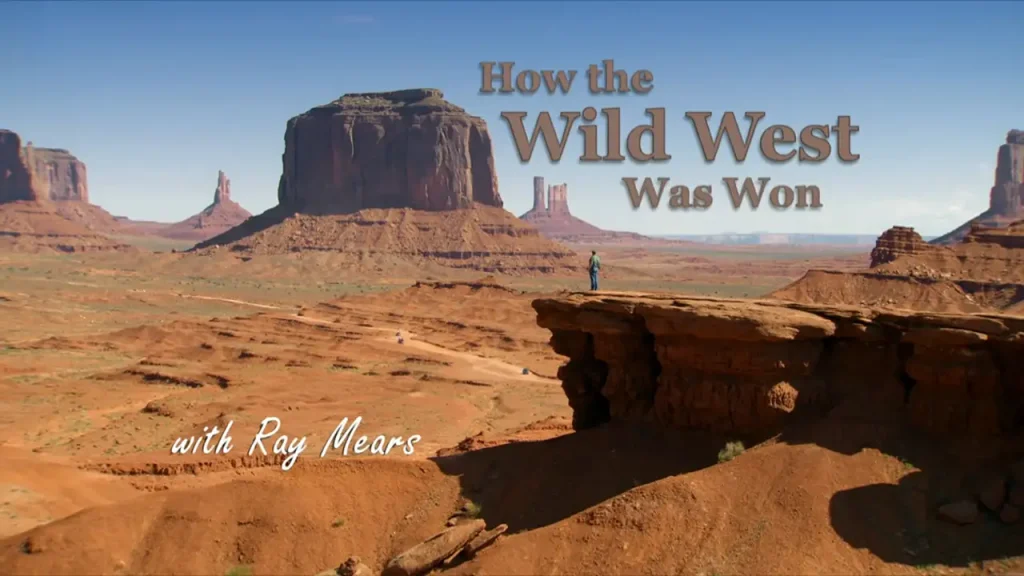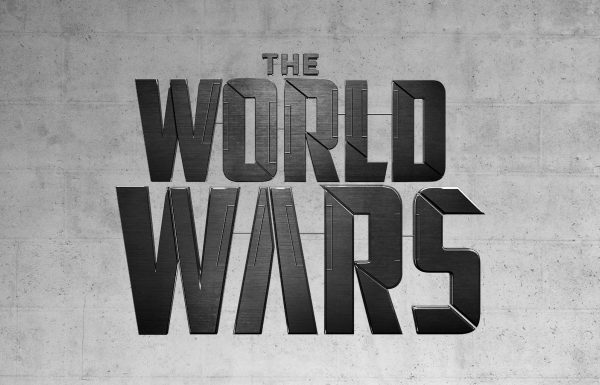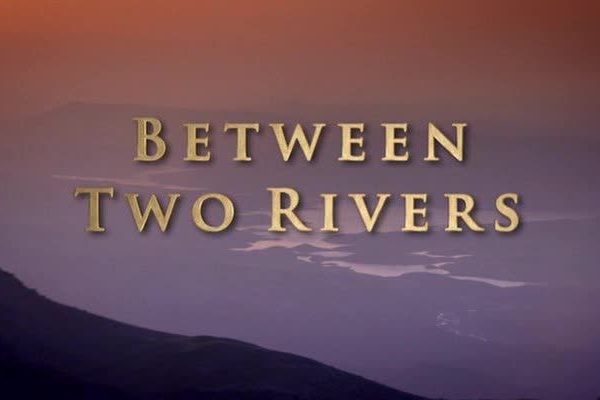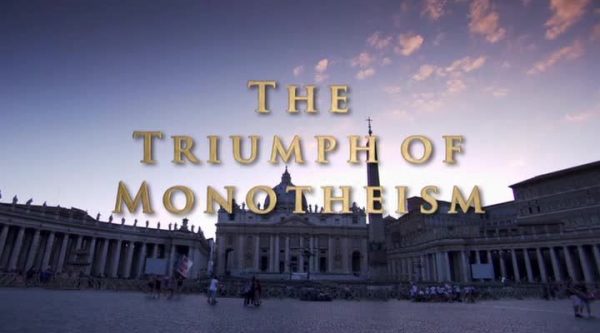How the Wild West Was Won with Ray Mears – Great Plains – Ray Mears traverses the vast 500,000 square miles of the Great Plains, a sea of flat, treeless grassland that was the backdrop for epic tales of Native tribes, pioneers, homesteaders, cowboys, and cattle drives that came to define the Wild West. He starts by joining the Blackfeet Nation, gaining insight into how their ancestors relied on the 60 million buffalo that once roamed these grasslands. Ray witnesses their traditional bareback horse riding skills and participates in a ceremonial buffalo hunt and sacrifice, traditions passed down for generations.
Following the routes of the courageous pioneers, Ray travels along the Oregon Trail’s wagon ruts carved into the landscape. He hitches a ride in a covered prairie schooner with modern-day wagon master Kim Merchant, imagining the hopes and fears of pioneering families who risked it all seeking better lives out West. Ray meets descendants of the homesteaders who built sod houses and scratched out rugged lives farming the wild prairie. He hears stories of the heartbreaking challenges they endured, from brutal winters to locust plagues devouring their crops.
In the once lawless cow-town of Dodge City, Ray explores the massive but short-lived buffalo slaughter that supplied the East with hides and almost eliminated the great herds. He learns how the railways, then cattle drives brought commerce and rowdiness to these frontier outposts. Ray’s journey across the Great Plains ends at the Moore Ranch where he joins a long cattle drive with a herd of longhorn steers. Here he gains first-hand experience of the cowboy’s life, sleeping under the stars and telling tales around campfires. Ray develops a deep respect for the cowboys who worked long, dusty days in the saddle, their iconic legacy forever tied to the romantic vision of the Wild West. Through his Plains travels, Ray marvels at the resilience of Native tribes, pioneers, cowboys and settlers who braved this challenging landscape and way of life, their spirit and stories forever woven into the fabric of America.
How the Wild West Was Won with Ray Mears – Great Plains – The Untamed History of America’s Wild West
The Vast and Rugged Prairie Grasslands
The prairie landscapes of America’s Great Plains stretch across the heart of the continent – over 500,000 square miles of flat, treeless grasslands. This expansive prairie extends north from Texas to Canada, encompassing the wide-open spaces of Kansas, Nebraska, the Dakotas, eastern Colorado and New Mexico. With an average rainfall of less than 38cm per year, the Great Plains experiences extreme temperatures and relentless winds. To early European settlers, this landscape was known as the “Great American Desert” – considered uninhabitable wasteland.
Yet the sea of wild grasslands has a rich natural history intertwined with epic tales of the Wild West. Long before homesteaders arrived, massive herds of buffalo roamed the prairies, grazing on nutritious native grasses. They were perfectly adapted to thrive in the harsh climate. For the Native American tribes living nomadically on the Plains, the buffalo was integral to their way of life, providing food, clothing, shelter and tools.
Native Americans and the Buffalo Culture
The Blackfeet, Sioux, Comanche, Arapaho, Kiowa and other tribes all depended on the buffalo. They followed the great herds across the prairies on horseback, developing expert horsemanship and hunting skills. Before guns arrived, they used handcrafted bows and arrows to make kills on the move.
The Blackfeet Indians demonstrate their traditional bareback riding and archery skills during ritual buffalo hunts. They express gratitude through ceremonies before the harvest. The buffalo provided more than just sustenance – their hides covered the iconic tipis, bones and hooves were carved into tools and decorations, internal organs used for pouches. Every part of the animal was utilized by Plains tribes.
Opening the West Along the Oregon Trail
In the 1840s, stories of rich farmlands out West brought waves of pioneer settlers from the East Coast across the Great Plains. Their grueling 2,000 mile journey along the legendary Oregon Trail became an annual rite of passage.
Hundreds of thousands traversed the rugged frontier in wagon trains, facing thirst, hunger, accidents and disease. The prairie terrain was littered with bleached bones and hastily dug graves. Up to one in five travelers perished before reaching their destination. Still, the pioneer spirit pressed on – fueled by hopes of a new life in the fertile Western lands.
Following the North Platte River, the wagon trains lumbered 15 miles on a good day. At landmarks like Independence Rock, settlers celebrated surviving the harsh prairie crossing. Their registration of names and dates at “The Great Register of the Desert” is a poignant record of America’s westward expansion.
Homesteading on the Prairies
The Homestead Act of 1862 granted 160 acres of land to settlers willing to farm the wild frontier. This triggered a homesteading boom across the Great Plains in the late 1800s. Waves of hopeful pioneers built new lives on the untamed prairie, overcoming immense challenges.
On the treeless landscape, many relied on blocks of dense prairie sod for shelter, carpeting Nebraska with “soddies.” Farmers struggled to break up the tightly woven grassland roots with steel plows. Unpredictable weather brought searing droughts, flash floods and prairie fires. Remote homesteads lacked medical care. For all the adversity faced, the perseverance of ordinary pioneers built the foundations of rural America.
Cattle Drives on the Open Range
With the buffalo hunted to near extinction after the Civil War, millions of free-roaming longhorn cattle descended from Spanish stock filled the void. Ranchers drove huge herds hundreds of miles north to railheads in Kansas, giving rise to the brief but epic era of the cattle drive.
Young cowboys spent months guiding bellowing steers across the unfenced prairie, sleeping under the stars. They battled snowstorms, stampedes, swollen rivers and cattle rustlers along the trail. Reaching the terminus, rail cars shipped beef to feed Eastern cities. The launch of the Chisholm Trail in 1867 turned once-wild Texas longhorns into big business.
Fencing the Range and the Myth of the Cowboy
Barbed wire brought the open range to an end, as ranchers fenced off water resources and enclosed parched acreage. With the long cattle drives confined to history, the role of the cowboy shifted from roaming pastoralist to hired hand.
Yet the larger-than-life cowboy still looms as an icon of individualism, resilience and adventure. His image galloping across the boundless Western range remains etched in the cultural imagination, even as the frontier itself faded away. Both real and romanticized, the cowboy’s ethos lives on in rodeos, dude ranches and country music.
How the Frontier Was Won
The prairie‘s wild grasses, once roamed by 30 million buffalo, were replaced by homesteads, farms and fences in just decades. The frontier opened and closed at a speed unthinkable just a century before. New transportation technology like railroads and barbed wire accelerated the pace of change.
But the human spirit displayed – through Native American adaptability, pioneer grit, and cowboy wanderlust – left an indelible mark on the land and its people. The Great Plains forged a nation that embraced risk and enterprise in the pursuit of freedom and opportunity. America’s heartland will forever remain the symbolic stage for the real-life drama of the Wild West.
Conclusion
The epic story of America’s Wild West is intimately tied to the rugged landscapes of the Great Plains. This vast grassland expanse served as the setting for a rapid-fire sequence of events that transformed the nation. The near-extinction of the buffalo ravaged Native American tribes who depended on it. Waves of pioneer settlers rushing westward carved up the prairies into homesteads linked by railroads. Cowboys drove longhorn cattle through unfenced ranges until fencing and irrigation took hold.
In just a few generations, the Great Plains transitioned from untamed wilderness to agricultural heartland. The people who lived through this dramatic change displayed grit, ingenuity and perseverance that became part of America’s pioneering spirit. And the Wild West lives on as provider of some of history’s most enduring symbols and myth. Though the frontier closed over a century ago, its legacy remains integral to the identity of the Great Plains today.
Frequently Asked Questions
What Native American tribes lived in the Great Plains?
The largest Native American tribes of the Great Plains were the Sioux, Comanche, Kiowa, Arapaho and Blackfeet. These nomadic hunter-gatherers depended heavily on massive buffalo herds that migrated through the grasslands for survival.
What was life like for pioneers on the Oregon Trail?
Pioneers endured a grueling 2,000 mile journey by covered wagon on the Oregon Trail. They faced thirst, hunger, extreme weather, accidents and disease while travelling 15 miles a day or less across prairie, mountains and desert. It was a months-long test of physical stamina and willpower.
How were homes built on the treeless Great Plains?
With no trees for lumber, Great Plains settlers constructed homes from thick blocks of dense prairie sod, called “soddies.” The tough sod bricks insulated well against extreme temperatures. Over a million sod houses were built by homesteaders in Nebraska alone.
What was a cattle drive like in the Old West?
Cattle drives involved cowboys guiding herds of 2,000-3,000 longhorns hundreds of miles over open prairie to railheads. Drives lasted months, covering 15 miles a day on horseback in all weather. At night, cowboys sang to settle cattle around campfires.
When did the open range era end?
Barbed wire fencing of water resources and pastureland brought the open range cattle era to a close by 1890. With the long trail drives obsolete, the cowboy’s role faded. But the cowboy remains an iconic symbol of American independence and adventure.
How did railroads impact the Great Plains?
The transcontinental railroads connected Eastern markets to ranches and farms on the Great Plains in the late 1800s. This enabled shipment of beef and crops at scale for the first time, spurring massive settlement and commerce. Railroads accelerated the pace of change.




